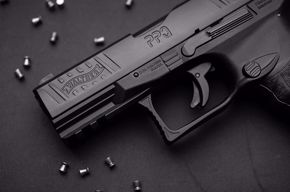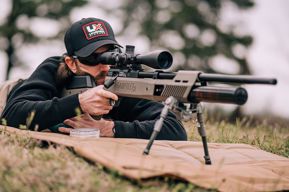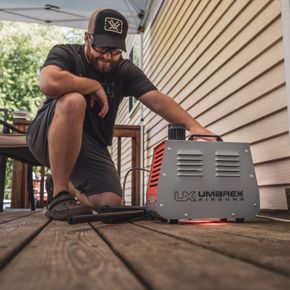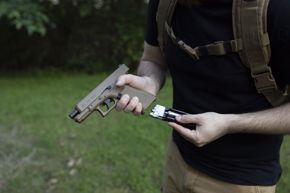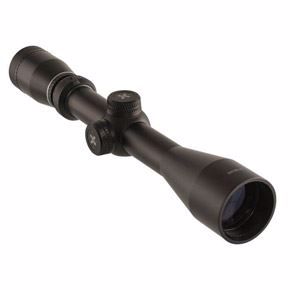It seems these days that if there is a crowded market in the outdoors space, it is the optical segment. A consumer has never had the choice of some many different optics of such high quality for less money as there is today.
This, obviously, was not the case in the not-so-distant past. It used to be a hard and fast rule that with optics, you get what you pay for. A higher price tag netted superior glass with coatings that worked to minimize distortion, mirage, color accuracy, resolution, and transmission. While that is still true for higher-end optics produced by some really prestigious names, there has been some truly remarkable progress in optical bang-for-your-buck by what might be called "lower-tier" manufacturers. This just underscores the point that it is a consumers’ market when it comes to rifle scopes.
What Exactly are You Doing?
Some shooters are doing one thing with a particular rifle and they need the optic to match the task. A great example of this is F-Class shooting. F-Class shooting is typically done with a bolt action rifle, shot from a rest with an optic, at distances from 300 yards to 1,000 yards. These shooters want a very specific type of scope that will have a maximum magnification of 40X or higher, with 1/8th MOA clicks, and a simple second focal plane reticle.
F-Class shooting is a niche category in the shooting world. Most shooters don’t need anything that specific, but it does make for a good example. Many of us fall into a “do all” group. We need an optic that works well up close and allows for wide field of view and just enough magnification to make the target easy to acquire, but also some room on the far end of the zoom range to bring a target that is several hundred yards away into clear focus. This is why the ubiquitous 3X-9X scope is as common as it is. It does the job for 95% of shooting situations.
There’s a temptation for a shooter to associate more with better. Several years ago I picked up a popular bolt action rifle in .308 Win. Being somewhat broke at the time, a friend offered me a 6-18X50 scope for it for Free-Fifty. On the 100 yard range this combo worked really well. I found that I never used anything above 10-12X at that distance. Coincidentally, that is the maximum distance at the public ranges where I shoot. I had intended to use this rifle for deer hunting. The maximum distance one can see in the Ozark woods is about 100 yards. At the minimum focal power, 6X, it was just hard to acquire the target if the target was in the 30-50 yard range. The much more common 3-9X scope would have been a much better choice.
But not everyone shoots F-Class. Some people want an optic that is perfect for hunting, others want an optic that is good for whatever they happen to be doing, and some people need a scope for long distance hunting or precision shooting. In this blog series we will look at some of the major characteristics that define the rifle scope market.
Magnification and Glass
As stated above, the distance you will commonly be shooting is a crucial factor. With airguns, it is not unusual to shoot at 25 yards, but that same shooter is also likely to never exceed 100 yards. In a hunting situation the same distances may very well hold true, but the magnification needed may be altogether wider than someone shooting from a bench. In other words, a hunter might prefer a 3-9X optic whereas the target shooter might opt for a 4-12X or even a 4-16X optic.
The quality of the glass along with the optical coating applied to the lenses will determine how well the scope resolves. That is to say these things determine the quality of the image your eye sees through the ocular end of the scope. Looking through good glass is something like watching a modern high definition television. You see the details. The parts of the scene in the shadows have definition, and distortion is minimized.
With this said, looking through a cheap scope and a higher quality scope at the same magnification yields a difference to the eye much like viewing an old projection TV and virtually any television that you can buy today.
If you need quick target acquisition and enough magnification to get the job done- you are going to need an optic with a minimum magnification between 1X-4X. Likewise, this optic would perform best for you if the maximum magnification falls between 4X and 10X. These parameters include hundreds of options for the shooter to pilfer through in making a decision that fits their needs and budget.
Stay tuned for Parts 2 and 3! They will be posted soon.

